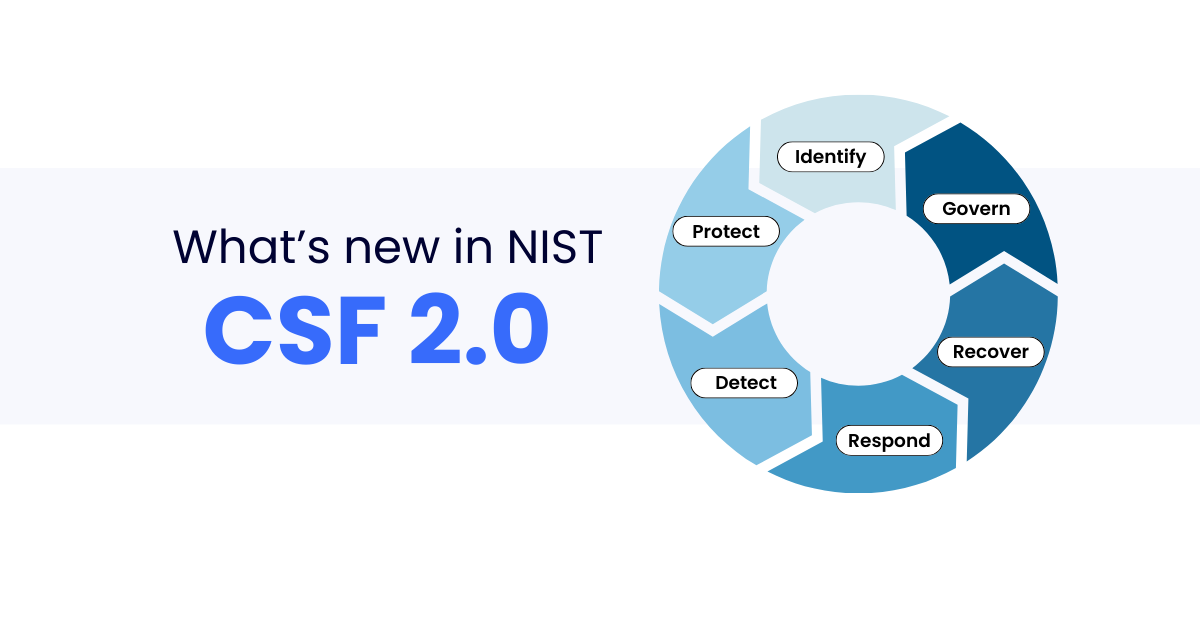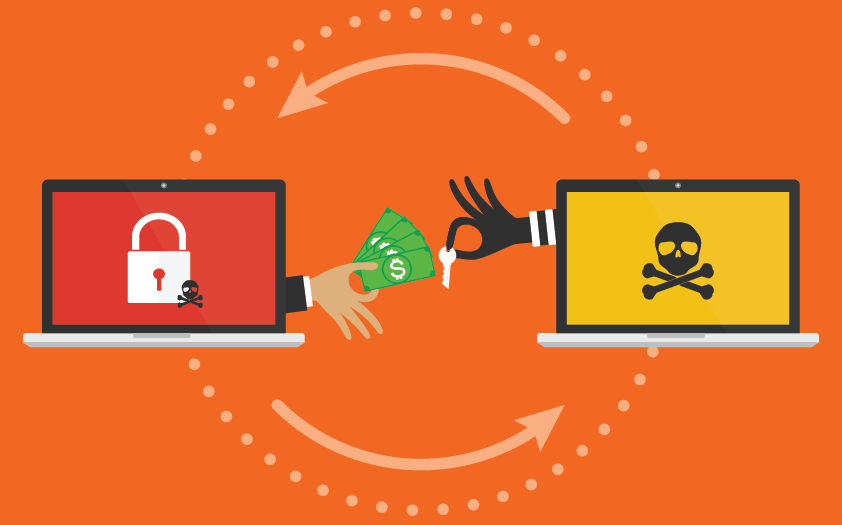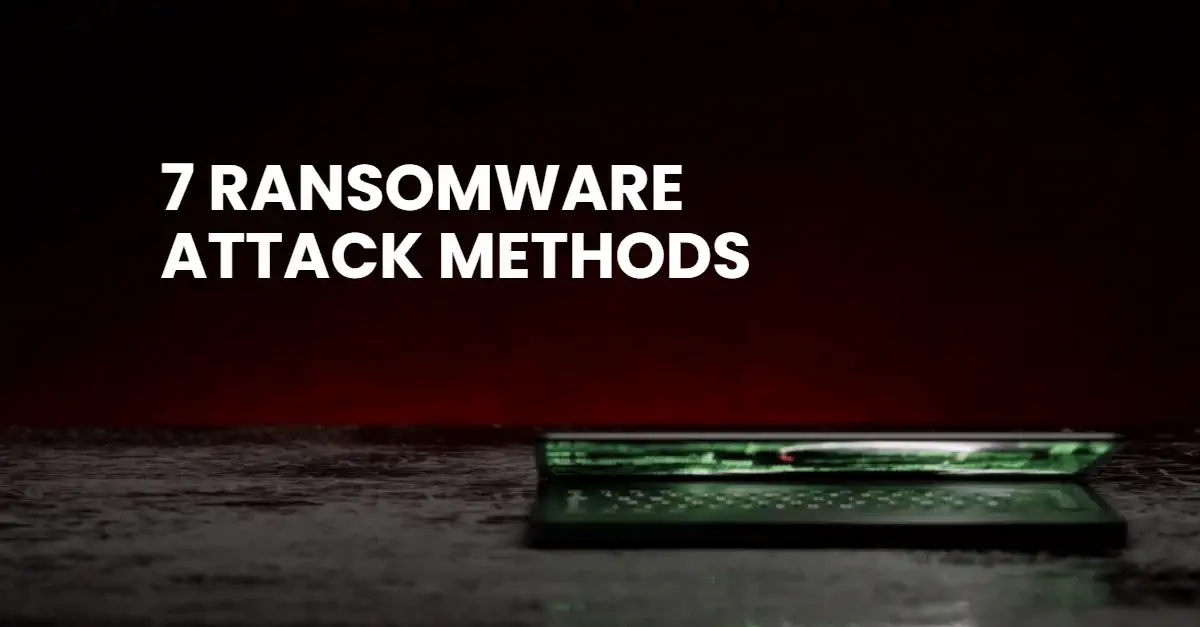What’s new in the NIST Cybersecurity Framework 2.0
-
Expanded scope and reach
-
Updates to CSF’s core functions
-
Enhanced resources for organizations of all sizes
The cybersecurity landscape is ever-evolving, demanding adaptive measures to safeguard digital assets and operations. In response to this challenge, the National Institute of Standards and Technology (NIST) recently released the highly anticipated Version 2.0 of its Cybersecurity Framework (CSF). This update marks a significant milestone, representing the culmination of extensive discussions and public feedback aimed at enhancing cybersecurity practices across diverse sectors.
Originally released in 2014 to provide guidance on protecting critical infrastructure, NIST CSF 2.0 expands scope to all organizations regardless of industry, ranging from small businesses to multinational corporations. The framework’s foundation is now structured around six core functions: Identification, Protection, Detection, Response, Recovery, and the newly introduced Governance function which provides guidance to senior leaders on implementing cybersecurity strategy and managing risk.
Enhanced Guidance and Resources:
NIST has developed a comprehensive suite of resources aimed at assisting organizations in effectively managing and mitigating cyber risks. Emphasis has been placed on governance structures and supply chain security, acknowledging the interconnected nature of modern business environments.
The newly released reference tool provides streamlined search and export on an intuitive platform. Whether a novice or seasoned practitioner, users can leverage a plethora of implementation examples and quick-start guides tailored to specific user profiles.
Learning from Success:
One of the key tenets of the NIST CSF 2.0 is the promotion of knowledge sharing and collaboration. New adopters can draw inspiration from the successes of existing users, fostering a community-driven approach to cybersecurity. By facilitating peer learning and exchange, the framework catalyzes collective efforts towards bolstering cyber resilience across industries.
As cyber threats continue to proliferate, the NIST Cybersecurity Framework 2.0 emerges as a beacon of guidance and empowerment for organizations worldwide. By embracing a holistic and adaptive approach to cybersecurity, entities of all sizes can navigate the complexities of the digital landscape with confidence. Through collaboration, innovation, and a commitment to best practices, we can collectively fortify our defenses and safeguard the digital economy against constantly evolving cyber attacks.
About Paul Lewis
Calamu Founder and CEO, Paul Lewis, is a court-appointed expert with more than 30 years in cybersecurity. He has served as a contributor to NIST and advisor to the SEC, FBI, Department of Homeland Security and the United States Department of Justice on emerging trends in cyber and information security. Paul believes that protecting data is a top priority for everyone to combat the growing ransomware crisis.




